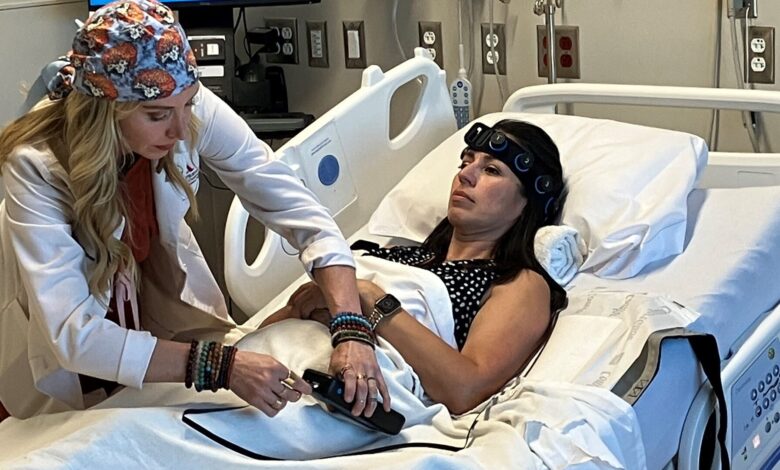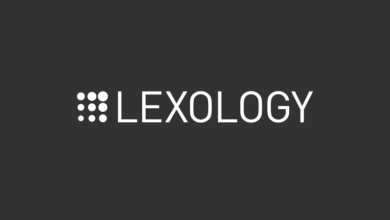Valley hospital now using AI to diagnose strokes and seizures

PHOENIX — A Valley hospital has begun using artificial intelligence to diagnose strokes and seizures, officials said on Thursday.
Abrazo West Hospital has become the first in the greater Phoenix area to offer the Ceribell point-of-care EEG system, which uses AI to detect nonconvulsive seizures, according to hospital officials.
The hospital also uses Viz.ai, a tool that assists the medical team in diagnosing and determining the right treatment for patients suspected of experiencing a stroke.
“Abrazo West continues to invest in advanced technology for our physicians to use in the diagnosis and treatment of strokes and seizures,” Abrazo West Campus CEO Hans Driessnack said in a press release.
Here’s how the Ceribell technology works
Ceribell technology is powered by machine-learning AI and used in the emergency department or ICU.
It was first used at the hospital on an ER patient who experiencing an eyes seizure that wasn’t visible to the eye, Abrazo West said.
“When clinically suspected, Ceribell bands can be applied to the patient’s head at bedside and the AI can detect seizure right away with very high clinical accuracy,” Dr. Sushant Kale, medical director for neurology and stroke at Abrazo West Campus, said in the release.
“This enables the bedside clinician to treat the patient hours before they otherwise would have done it with traditional setup. The EEG is also available for neurologists to see in real time on a HIPAA-compliant smartphone app.”
An explanation of the Viz.ai technology
Viz.ai is used for large vessel blockage notifications at Abrazo West Campus, with plans to implement this technology at all Abrazo hospitals and micro hospitals in the Valley.
The team is made up of a radiologist, neurointerventionalists, neurologists, nurses and others who reviews images, confirms diagnosis’ and communicates through the Viz mobile app.
With the technology, they have the ability to determine whether or not the patient will need a thrombectomy, Kale explained.
“These systems add to our ability to provide timely identification and intervention for individuals with neurological concerns. During stroke awareness month, we are excited to celebrate this technology and its impact as well as raise awareness with the community of how to identify the early signs of a stoke,” Driessnack said in the release.
“Early identification and action is critical for better outcomes.”



